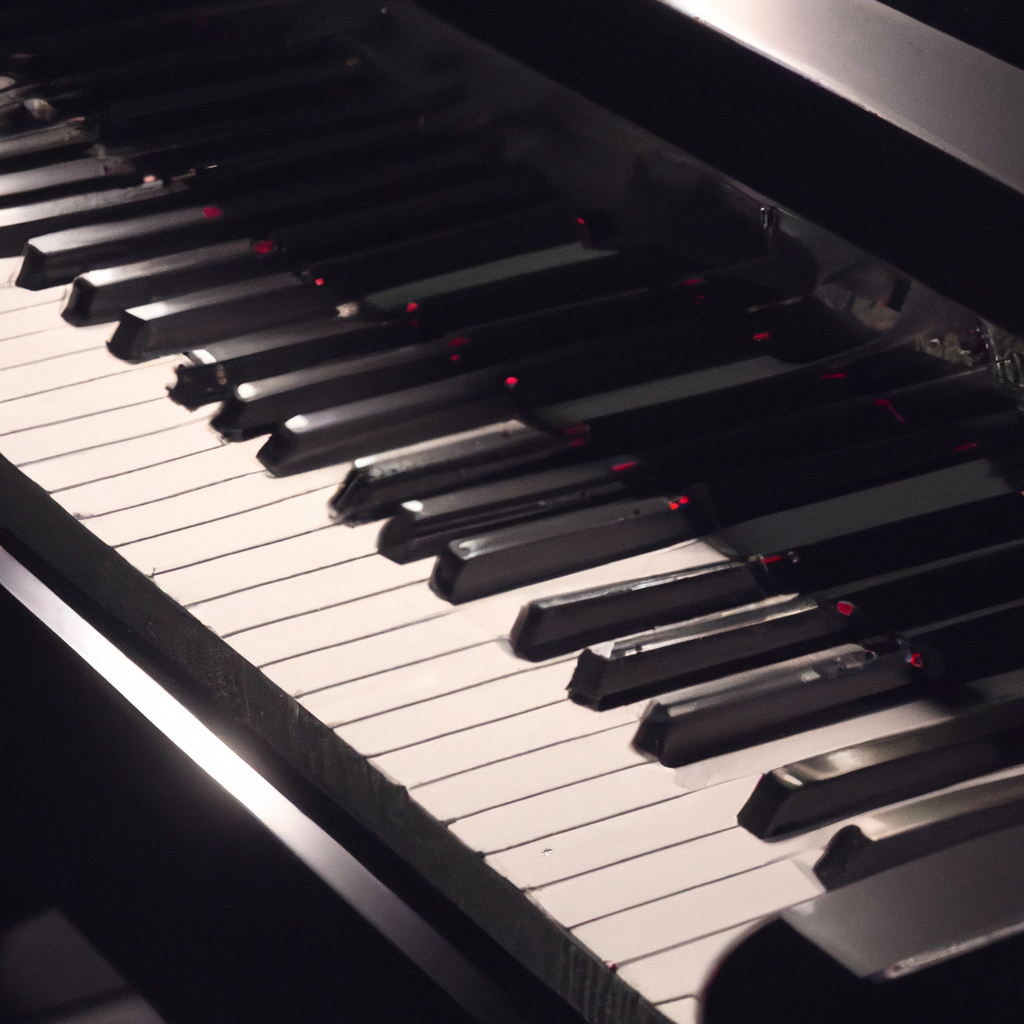A digital piano is an electronic keyboard that simulates the sound and feel of a traditional acoustic piano. It uses digital sampling technology to recreate the rich and resonant sound of a real piano, while offering a range of features and options that allow for greater versatility and flexibility in playing.
Piano Technology: How it Works
The piano mechanism is the heart of the digital piano. It consists of a set of keys, hammers, and strings that are connected to a soundboard. When a key is pressed, the hammer strikes the corresponding string, causing it to vibrate and produce sound. The sound is then amplified by the soundboard and resonates throughout the piano.
In a digital piano, the piano mechanism is replaced by an electronic keyboard. The keys are connected to sensors that detect when they are pressed, and send signals to the sound engine. The sound engine is a computer chip that contains digital samples of real piano sounds. It processes the signals from the sensors, and generates a digital sound waveform that closely resembles the sound of a real piano.
Piano Sound: Quality and Realism
The quality and realism of a digital piano’s sound depend on the quality of the sound engine and the sampling technology used. High-end digital pianos use advanced sampling techniques that capture the nuances and subtleties of a real piano’s sound, such as the harmonics, overtones, and decay. They also use multiple samples for each key, to capture the variations in sound that occur with different playing styles and velocities.
Digital pianos also offer a range of sound options and effects that allow players to customize their sound. For example, they may include different piano sounds, such as grand piano, upright piano, or electric piano. They may also offer different reverbs, chorus, and EQ settings, to create different moods and atmospheres.
Piano Design: Features and Functions
In addition to its sound quality, a digital piano’s design also plays an important role in its functionality and performance. Some of the key features and functions of a digital piano include:
– Weighted keys: Digital pianos may use weighted keys that simulate the feel of an acoustic piano’s keys. This allows players to develop proper finger strength and technique, and to play with greater expressiveness and dynamics.
– Polyphony: This refers to the number of notes a digital piano can play at once. High-end digital pianos may offer up to 256-note polyphony, allowing for complex and rich harmonies and textures.
– Touch sensitivity: This feature allows the digital piano to respond to the player’s touch and dynamics. It adjusts the volume and tone of the sound based on how hard or soft the keys are played.
– MIDI connectivity: Digital pianos may include MIDI (Musical Instrument Digital Interface) connectivity, which allows them to connect to other MIDI devices, such as computers, synthesizers, or sound modules. This allows for greater versatility and integration in music production and performance.
– Recording and playback: Digital pianos may include recording and playback functions, which allow players to record their performances and listen to them later. This can be useful for practicing, analyzing, or sharing with others.
Conclusion:
In conclusion, digital pianos have revolutionized the world of piano playing by offering a range of features and options that were not available with traditional acoustic pianos. They use advanced piano technology, sampling techniques, and design features to create a realistic and versatile piano-playing experience. Whether you are a beginner or a professional pianist, a digital piano can offer you a wealth of possibilities and opportunities to explore and express your musical creativity.







